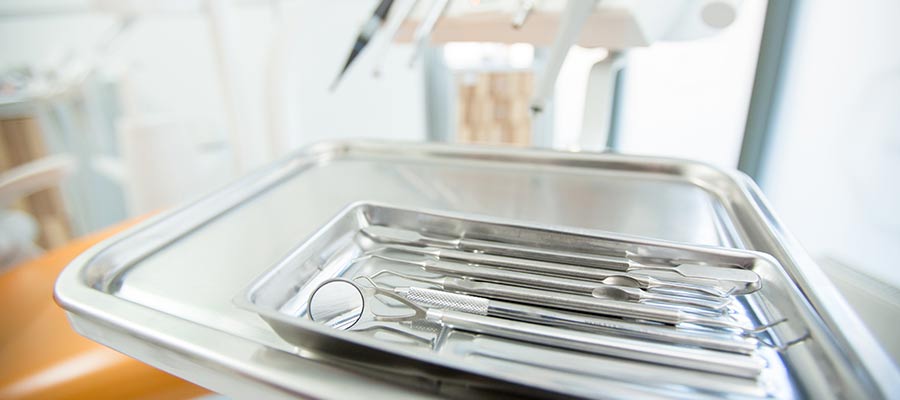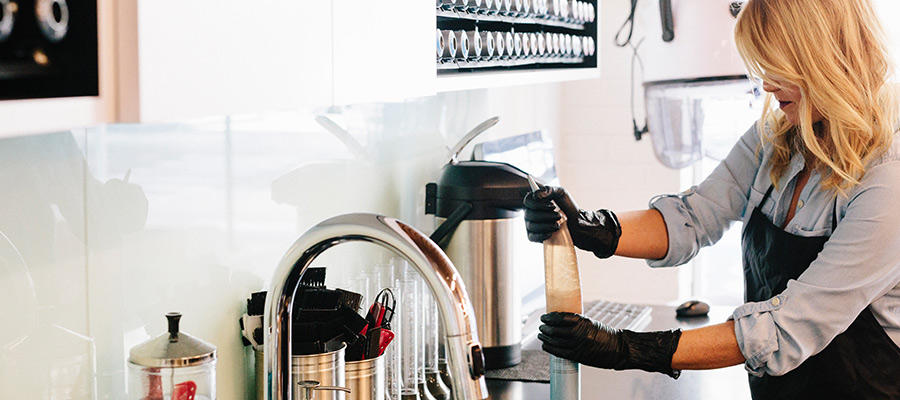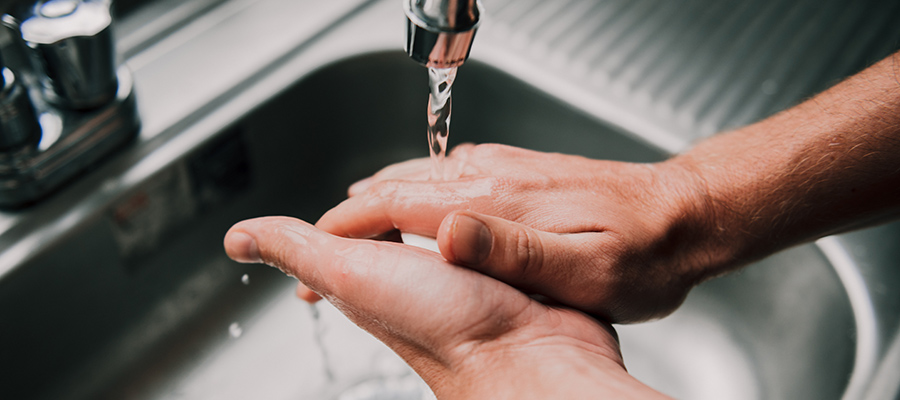How UV works to help with Infection Prevention and Control?
Exposure to UV photons prevents cell replication. Bacteria and viruses have known, but, limited repair mechanisms that are easily overwhelmed. Unlike antibiotics and chemical disinfectants, bacteria and viruses, crucially, have not been shown to systematically develop further resistance to UV.
Ultraviolet (UV) radiation is capable of disinfecting surfaces, water and air. Effective disinfection of environmental surfaces is a key step in the prevention of spread of infectious agents. The traditional manual cleaning is essential in assuring adequate elimination of contamination. However, due to available time and non-standardised protocols terminal cleaning is frequently suboptimal or unpredictable in many circumstances. UV-C radiation is an adjunctive disinfectant proven technology that disarms a wide array of microorganisms including both vegetative and spore forming pathogens.


